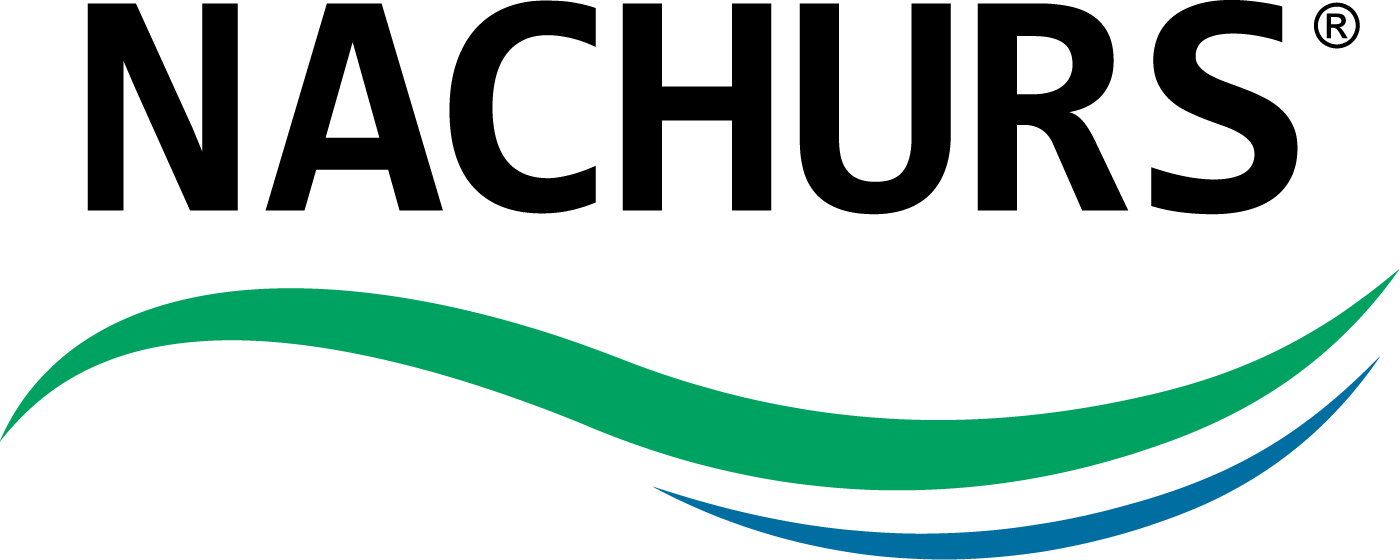Do you have an Antagonistic Soil?
Recently, I spoke with an industry expert that complained that all they really want from a soil sample is to tell them what nutrients to apply. In a perfect world a farmer or consultant could do just that. However, in the real world truly understanding how your crop will respond to fertilization requires much more than a lab-based fertility recommendation.
Obviously, soil samples tell us about the nutrient level of our soil. The good soil samples can also tell us about how applied nutrients may react in our soils. Remember that all commercial fertilizers are chemicals that are subject to a chain of reactions when applied to the soil. How they react depends on the soil environment – or we could say dependent on soil health.
One factor that affects the chemical reactions in the soil is soil pH. Usually the most desirable range is just below neutral, in the 6.2-6.8 range. Extremes in soil pH make it more likely that many essential nutrients will form insoluble compounds and become unavailable to our growing crops.
Another essential piece of information is reported as Cation Exchange Capacity (CEC). This reading is indicative of the soils ability to hold nutrients. Generally, soils with higher CEC have the ability to retain more nutrients. Another term Percent Base Saturation refers to the portion of available nutrient exchange sites occupied by a given ion (potassium – K; magnesium – Mg; or calcium – Ca). Having an imbalance whereby one of these ions is in overabundance may lead to chemical reactions causing fertilizer to be unavailable.
Having a soil that measures outside of optimum range for pH, CEC, and Percent Base Saturation is an indication that your soil health is less than optimum. Also, it is an indication that your field is comprised of a potentially antagonistic soil.
Using Rhyzo-Link and Bio-K fertility products are one way to overcome soil antagonists. Rhyzo-Link provides the greatest amount of beneficial soil bacteria available on the market. These bacteria aid with a host of beneficial soil processes which increase nutrient exchange and ultimately plant and soil health. Additionally, our Bio-K products provide a soil environment which buffers pH in the nutrient exchange zone and provides a fuel source for beneficial soil microbes.
Understanding that fertilization is more than just apply a certain amount of nutrients is essential for maximum results. The source of fertility you choose affects the soil environment which may improve soil health and overall crop performance.













